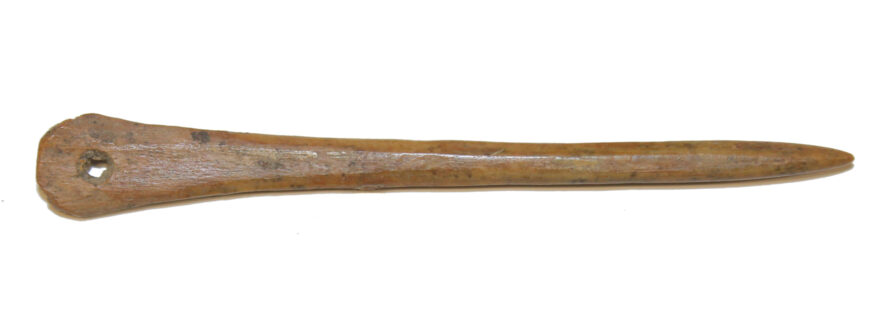A stitch in time: in search for the daily activities of the early medieval inhabitants of Oegstgeest
Bone and antler pins and two-pointed bone rods found in Merovingian Oegstgeest had multiple functions, as revealed by archaeological microwear analysis.
The early medieval inhabitants of Oegstgeest used and produced a variety of bone and antler artefacts. Archaeological publications mention the presence of artefacts like bone needles, double-sided bone awls, spindle rods, spindle whorls, oesdoppen (part of a horse harness) and bone skates. A list that, on closer examination, is not without problems. For instance, without a clear cut reason, domed shaped artefacts are classified as spindle whorls in some publications, while in other publications they are referred to as oesdoppen. Similarly, two-pointed bone rods are sometimes categorised as double-sided bone awls and sometimes as spindle rods.
Behind this lies a more general problem: the typological classification is often connected to a specific function based solely on the form of the artefact. Perhaps understandable when considering that within our current frame of reference, the function of objects is quite straightforward. For instance, according to the Cambridge dictionary, needles are ´used in sewing´ and an awl is 'for making small holes in wood or leather'. Likewise, combs are 'used to arrange or hold the hair'. However, when looking at craft books from several decades ago, combs are also described as tools used in the preparation of flax. This raises the question of how the use of artefacts can be inferred when dealing with material from a very different period from ours, like the early Middle Ages?
Microscopic traces on artefacts of bone and antler
Microwear analysis contributes to our understanding of bone and antler artefacts by shedding light on their past use. During use, traces develop on an artefact resulting in polish, striations and volume alterations that can be observed with a stereomicroscope (magnifications 10 to 64) and a metallurgical microscope (magnifications 100 to 500). The identification of the activities related to these use wear traces largely depends on experimental archaeology. Several experiments have been conducted for the study of bone and antler artefacts from Oegstgeest, like those with a hairpin, a purse fastener and a clothing pin (see figures 1 and 2).
The experience of producing and using a bone tool contributes to a better understanding of the production and use of an artefact. In addition, historical and iconographic sources can be a rich source of information for conducting experiments. Moreover, descriptive rather than morpho-functional names were used, resulting in categories like pins, two-pointed bone rods, hemispherical objects and long bones. For the sake of clarity, only microwear traces on the pins and two-pointed bone rods of Oegstgeest will be discussed here.
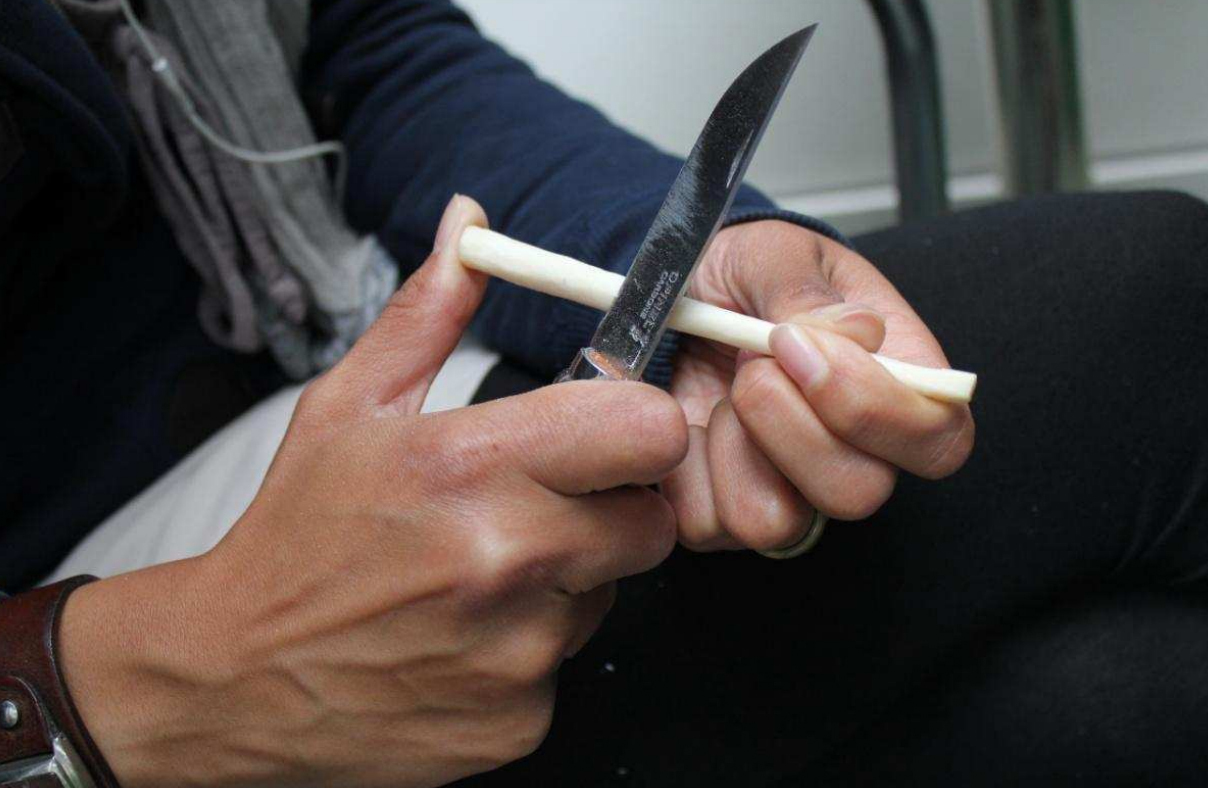
Figure 1: Production of an experimental hairpin.
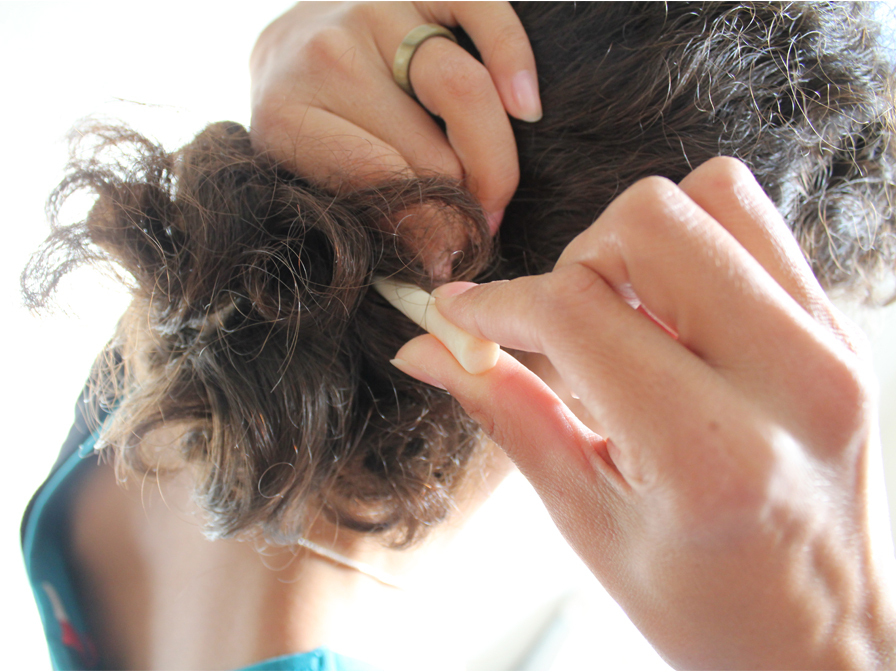
Figure 2: Use of an experimental hairpin.
One form, one function?
When looking at the microwear traces, it appears that the different artefact categories do not necessarily consist of homogeneous functional groups. Especially pins and two-pointed bone rods are versatile shapes that can be connected to numerous activities. Two-pointed bone rods have two pointed ends (see figure 3). They are made of antler or the long bone of a large mammal. They are interpreted in the literature as (double-sided bone) awls and spindle rods. Use wear analyses shows that the two-pointed bone rods from Oegstgeest were in contact with wool, linen, (siliceous) plant material or vegetable tanned hide. Traces show that two-pointed bone rods can be used on one side, two sides separately or in the middle with both ends hand held.
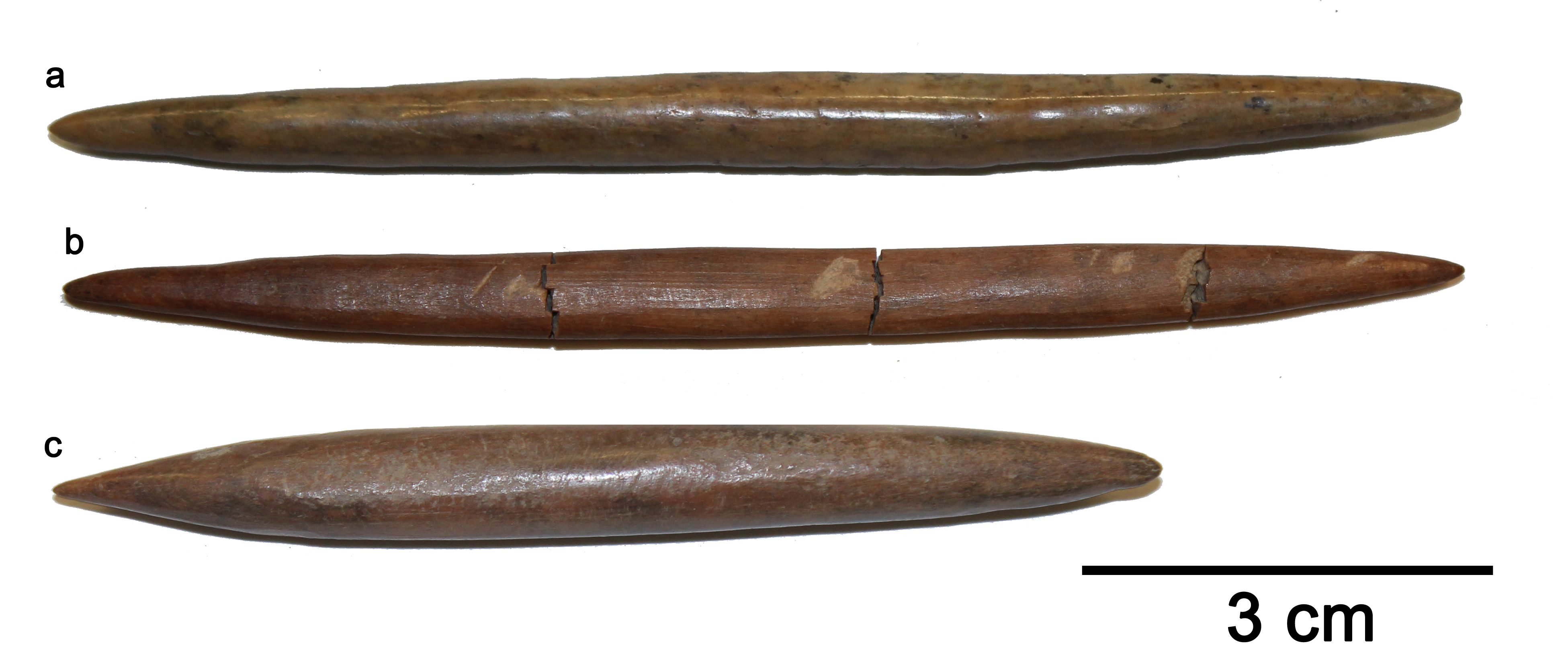
Figure 3, a, b and C: Two pointed bone rods.
Pins were made of bone or antler. Pins could also be made from a specific pig bone, the fibula, which was often coarsely worked. A pin had a more or less pronounced head, often with an eye hole for a thread to pass through. Pins are tapered either along their entire length or only at the pointed end (see figure 4).

Figure 4 a, b, c, and d: Pins.
In publications about Oegstgeest, pins are usually interpreted as needles. Use wear analysis shows that the pins were in contact with wool, coarse (siliceous) plant material, linen, hide and hair. They were predominantly pulled through the contact material. When used in sewing activities, a thread was pulled through an eye hole or secured around a groove (see figure 5). Several pins probably served as personal utensils (see below). Both two-pointed bone rods and pins can be multifunctional or reused. Thus, the past uses of these artefact types are more varied than initially thought based on the form alone.
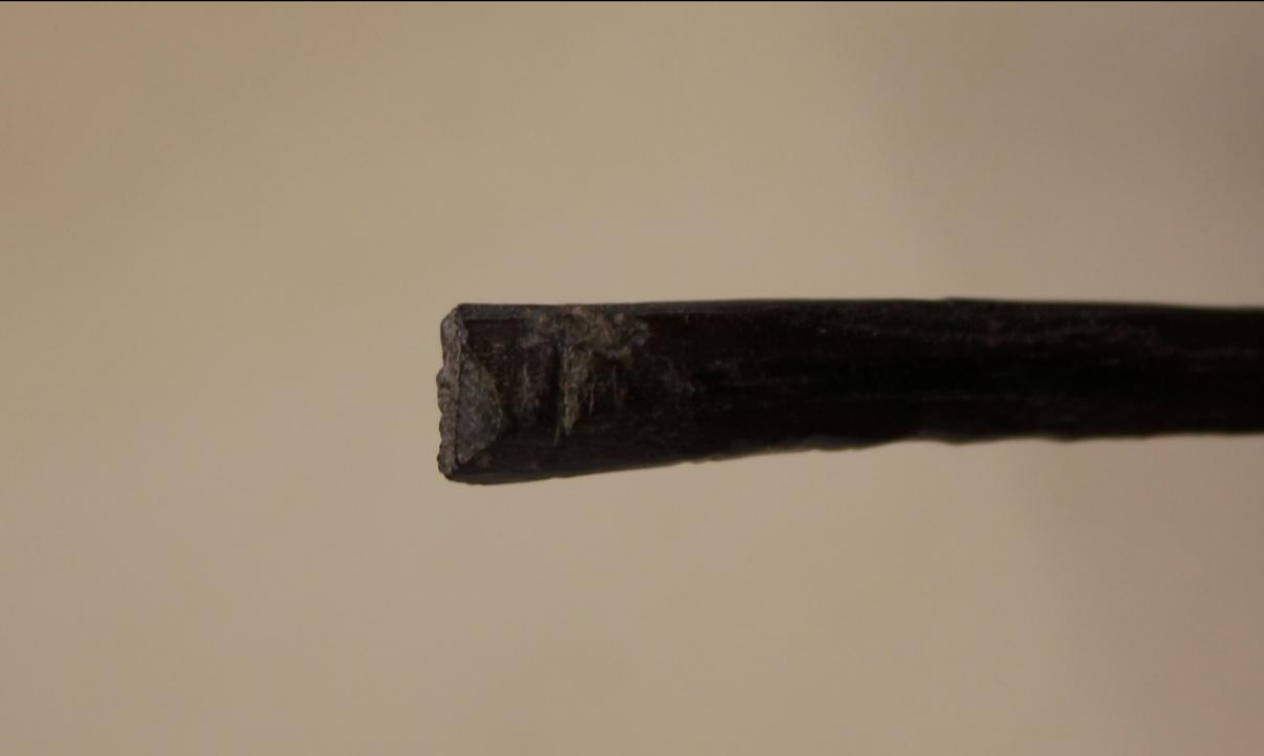
Activities at Oegstgeest
The microwear analysis of two-pointed bone rods and pins can reveal some of the activities and customs of early medieval Oegstgeest. One of these customs is illustrated by a personal utensil made from a pig fibula pin (see figure 4a). It was used as a clothing pin in a woolen cloth. With its rounded tip and considerable size, it would have been suitable for coarsely woven cloaks or tunics. The pin was attached to the cloak or tunic with a cord.
Another personal utensil found in Oegstgeest was a hairpin (see figure 4b). The pin could also have been used to attach a hairnet to the head. The presence of artefacts such as hairpins reflects the attitude of the Merovingian inhabitants towards hair. Growing long hair and taking care for it would have been a luxury that had social and political significance.
The third and final personal utensil was a pin that served as a fastener in a leather purse (see figure 4c). Instead of pockets, which were not present in medieval clothing, small purses were worn on a belt. Remains of a leather purse were found in a grave at Oegstgeest Nieuw-Rhijngeest Zuid. These three examples show how the inhabitants of Oegstgeest used bone and antler pins as personal utensils and which habits this use indirectly exposes.
Pins and two-pointed bone rods were also involved in several craft activities. The first craft activity was the processing of (siliceous) plant material. A pin would have been used to pull a thread through the (siliceous) plant material. A two-pointed bone rod was hand held on one side, while the other side was used to work the material (see figure 3a). Both tools were probably used for the production of baskets, ropes or fishing nets.
The second craft involved textile production. Pins came into contact with wool and some also with linen. Most pins were used in an activity like sewing. One pin was pierced into wool. Traces on one of the two-pointed bone rods may be associated with weaving (see figure 3b). Both types of artefacts can be multifunctional or reused. Some tools were used for processing both wool and linen.
The last craft activity in which the tools were used was hide working. A two-pointed bone rod was used as an awl (see figure 3c), and a pig fibula pin was multifunctional (see figure 4d). The latter was used to pull a cord through stiff leather, and in addition, the lower part was used to make holes. Since an awl was probably needed to make the initial hole, the pin could have been used to create decorative, oval-shaped holes.
A stitch in time saves nine
Microwear analysis shows that the use of bone pins and two-pointed bone rods was more varied than originally thought. These tools were involved in various crafts and were used in different steps of the production process. A bone tool can also be multifunctional or reused. Some pins were used as personal utensils. The heterogeneous relationship that exists between form and function makes the use of morpho-functional names questionable to say the least.
This study gives us a glimpse into daily life in early medieval Oegstgeest. The inhabitants took care of their hair, wore purses on their belt and used clothing pins in their coarsely woven cloaks or tunics. Several crafts took place in the settlement, including those involving perishable materials that will not survive the test of time well. This research also revealed how tools were used together, like the use of a pig fibula pin along with an awl to create the desired oval-shaped holes in hide. Ultimately, by creating a larger body of work on experimental and microwear topics related to the Merovingian context, a more comprehensive image of the Merovingian material culture can be obtained.
Further reading
De Bruin, J., C.C. Bakels and F.C.W.J. Theeuws (eds), 2021. Oegstgeest. A riverine settlement in the early medieval world system. Bonn: Habelt Verlag (Merovingian archaeology in the Low Countries 7).
Gates St-Pierre, C. and R.B. Walker (eds), 2007. Bones as Tools: Current Methods and Interpretations in Worked Bone Studies. Oxford: Archaeopress (BAR International Series 1622).
Kromotaroeno, C.L.S., 2015. Osseous objects of Oegstgeest. A functional analysis of the bone and antler objects of the Early Medieval settlement of Oegstgeest (Nieuw-Rhijngeest Zuid). Leiden (unpublished Msc Thesis Leiden University).
Struckmeyer, K., 2011. Die Knochen- und Geweihgeräte der Feddersen Wierde. Gebrauchsspurenanalysen an Geräten von der Römischen Kaiserzeit bis zum Mittelalter und ethnoarchäologische Vergleiche. Köthen: Druckhaus Köthen GmbH.
Van Gijn, A.L., 1989. The Wear and tear of Flint. Principles of Functional Analysis applied to Dutch Neolithic Assemblages. Leiden: Leiden University Press (Analecta Praehistorica Leidensia 22).
Van Gijn, A.L., 2014. Science and Interpretation in Microwear Studies. Journal of Archaeological Science 48, 166-169.
© Cynthia Kromotaroeno and Leiden Medievalists Blog, 2022. Unauthorised use and/or duplication of this material without express and written permission from this site’s author and/or owner is strictly prohibited. Excerpts and links may be used, provided that full and clear credit is given to Cynthia Kromotaroeno and Leiden Medievalists Blog with appropriate and specific direction to the original content.


